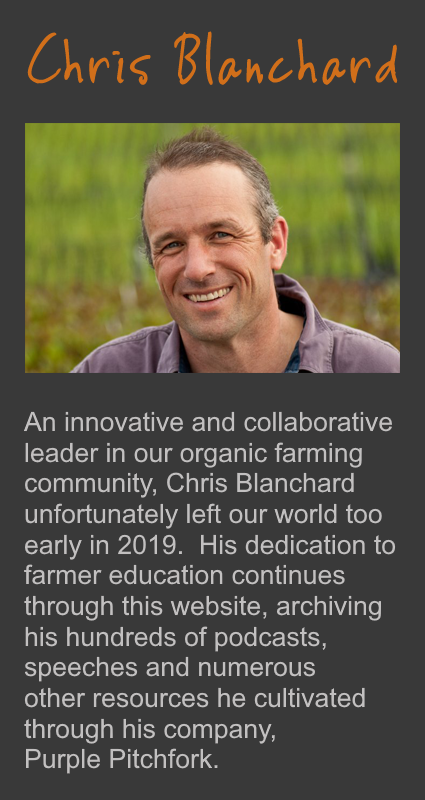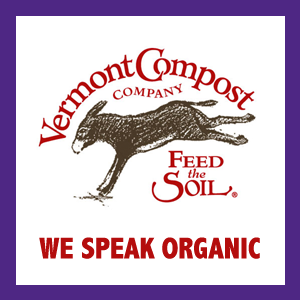One day, the guy who drove the truck turned to me and said, “Chris, there are only two kind of people in this world. Gets and no-gets. Be a get.”
As much as we try in the hiring process, we are unlikely to bypass the no-gets. Hiring is an insanely hard job, and even people who are hired and paid to do the best job of hiring still make mistakes – and lots of them. And despite our best processes and intentions, and despite the most intensive process of reviewing applications and interviewing, the no-gets slip through.
When bringing on a new hire, be ready for the idea that you’ve made a mistake. Identify mis-hires quickly, and move them on out rapidly – in general, employees don’t improve from their starting point when it comes to fundamental characteristics. Non-listeners don’t turn into listeners, and slow walkers don’t turn into fast walkers; slow bunchers can improve, but hustle doesn’t.
Most small farms don’t have the slack in their staffing to pay for no-gets. If you’ve put two weeks into grooming a new employee and don’t see significant progress, it’s time to move them on.
(By the way, terminating someone’s employment sucks. But it sucks worse the longer you keep a poor-performing employee on board - for you and for the employee. “This position isn’t a good fit” is much more believable at the end of week two than at the end of week six.)




 RSS Feed
RSS Feed
